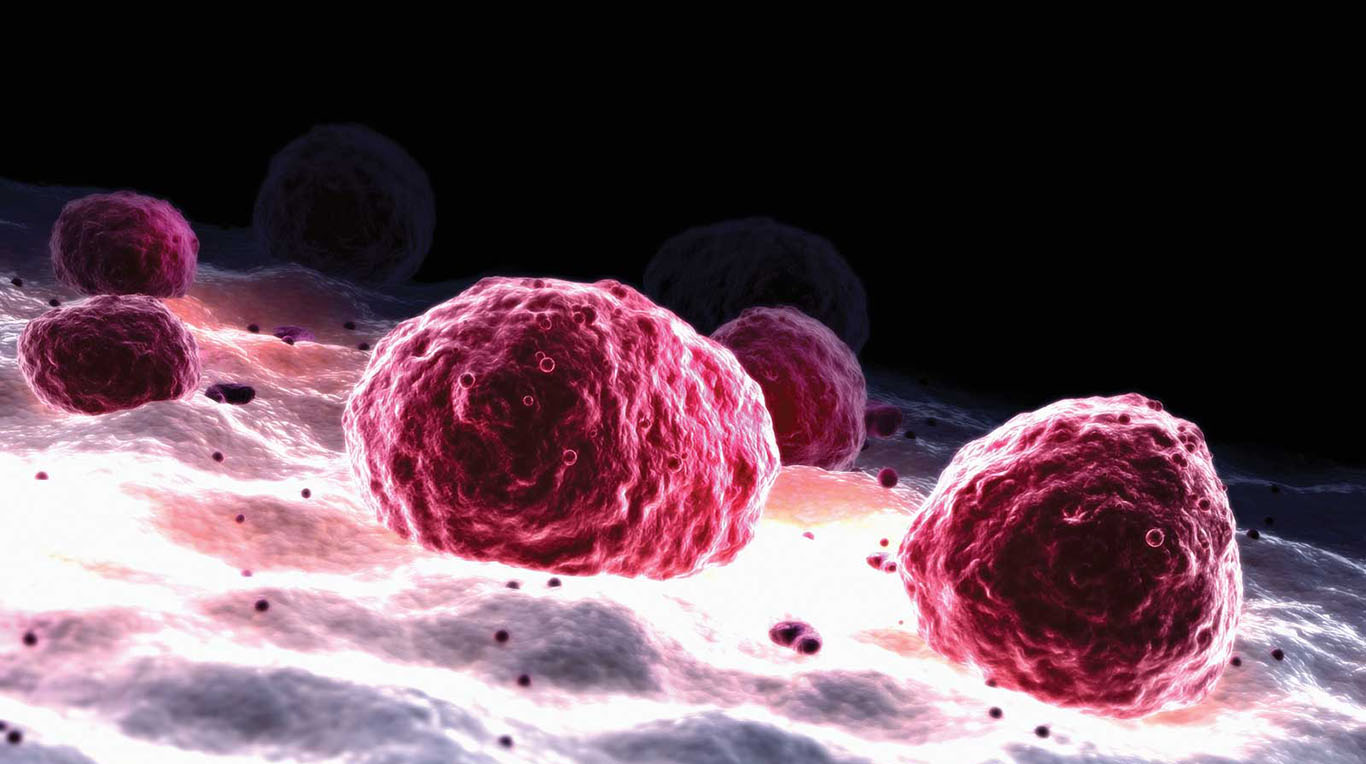madman
Super Moderator
What to Measure: Testosterone or Free Testosterone?
What to Measure: Testosterone or Free Testosterone? (2021) Christina Wang and Ronald Swerdloff 1.1 Why Serum Testosterone Is Necessary for the Diagnosis of Testosterone Deficiency? Low serum testosterone (T) levels in adult men can lead to significant clinical symptoms and signs of...
*The binding of T to SHBG is complex, which results in many different methods that directly measure or calculate free T. Some of these methods do not measure the free fraction of T and some formulae may provide less accurate results [40]
*Recent evidence suggests that the law of mass action formula which is based on the assumption that two T molecules bind to two binding sites on the SHBG with similar binding affinity may be incorrect. And further argues that the binding of T to SHBG may be a multistep, dynamic process with complex allosteric characteristics [65]. Based on this new model, investigators used a new formula to calculate free T in younger men in the Framingham Heart Study and showed that the newly calculated values were similar to those measured by equilibrium dialysis. They further verified that the calculated free T values had clinical diagnostic validity using data from the European Male Aging Study
*Currently, the CDC is developing a harmonized method for free T based on calculated free T using revised formulae. This may bring the measurement of free T to a referable standard in clinical laboratories and common reference intervals that all clinicians can use
*Perhaps the newer formula for calculated free T validated in multiple laboratories [65], will become generally available, correlate with free T by equilibrium dialysis and demonstrate improved correlation with clinical symptoms and therapeutic responsiveness. If all these prove to be true, then this formula to calculate free T may be a justified replacement for free T measurement by the equilibrium dialysis methodology
Phase II: Research and Commercialization of TruT Algorithm for Free Testosterone
Jasuja, Ravi
https://grantome.com/grant/NIH/R44-AG045011-02
The measurement of testosterone (T) levels is central to the diagnosis of androgen disorders, such as hypogonadism in men and polycystic ovary syndrome (PCOS) in women. Circulating T is bound with high affinity to sex hormone-binding globulin (SHBG) and with substantially lower affinity to albumin; only the free fraction is biologically active. Conditions that affect SHBG concentrations, such as aging and obesity, alter total but not free T concentrations; in these conditions, the determination of free T is necessary to obtain an accurate assessment of androgen status. The tracer analog method, the most widely used method for free T, has been shown to be inaccurate. The equilibrium dialysis method, considered the reference method, is technically difficult to implement and standardize, and is not available in most hospital laboratories, leading the Endocrine Society's Expert Panel to conclude that ?? the calculation of free testosterone is the most useful estimate of free testosterone in plasma?? Therefore, there is an unmet need for algorithms that provide accurate estimates of free T that match those derived from equilibrium dialysis. We have designed a novel and accurate TruTTM algorithm for the determination of free T, based on the characterization of testosterone's binding to SHBG using modern biophysical techniques. We have discovered that testosterone's binding to SHBG is a dynamic multistep process that includes allosteric interaction between the two binding sites on an SHBG dimer. Our computational framework incorporates the correct binding parameters derived experimentally in these studies, the non-linear dynamics in T: SHBG association, and allostery
In phase I studies, we demonstrated that the TruTTM algorithm provides accurate free T values that match those obtained using the equilibrium dialysis in healthy and hypogonadal men. We have also shown that the binding parameters that have formed the basis of previous equations (e.g., Vermeulen) are incorrect, and that free T values derived using these equations deviate substantially from free T measured by equilibrium dialysis. The phase I studies have led to the adoption of the TruTTM algorithm at several institutions.
The phase II program will continue the development of the TruTTM algorithm by validating it in common conditions characterized by altered SHBG concentrations, such as obesity and aging (AIM 1), in healthy women across the menstrual cycle, and in women with PCOS (Aim 2). We will generate population-based reference ranges for free T (Aim 3). Phase II also includes plans for the commercialization of the TruTTM algorithm using a HIPAA-compliant infrastructure for its clinical adoption
The phase II program will provide validation of the TruTTM algorithm in the two most common clinical indications for free T measurement? men suspected of hypogonadism and altered SHBG levels, and women with hyperandrogenic disorders. It will also enable the development of a HIPAA-compliant platform that can be embedded into the electronic medical record for wider clinical adoption and for improving clinical care














